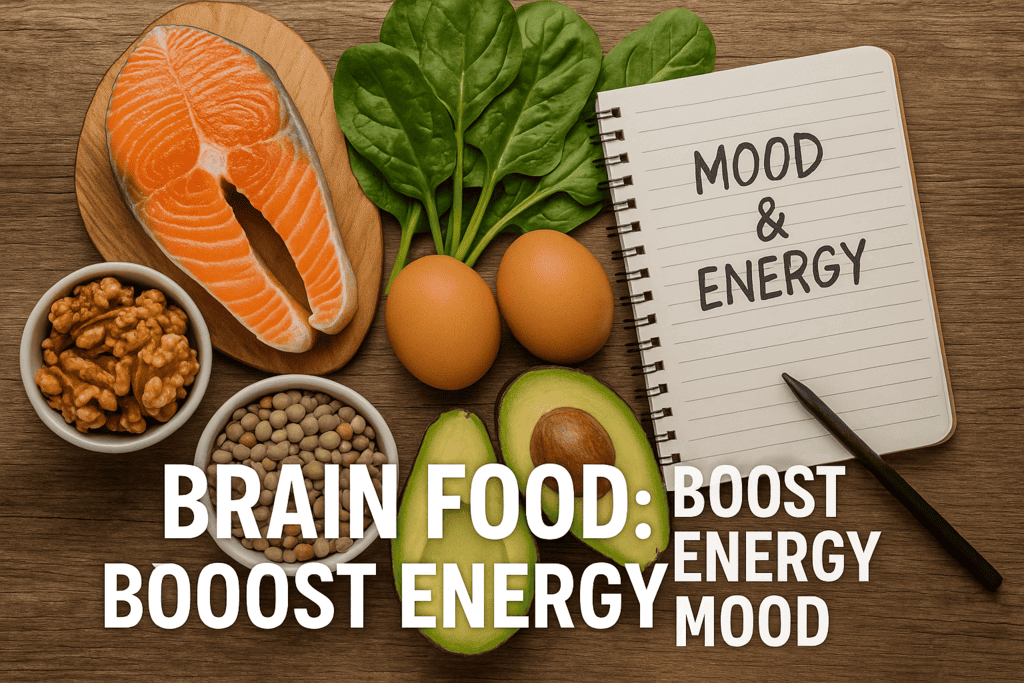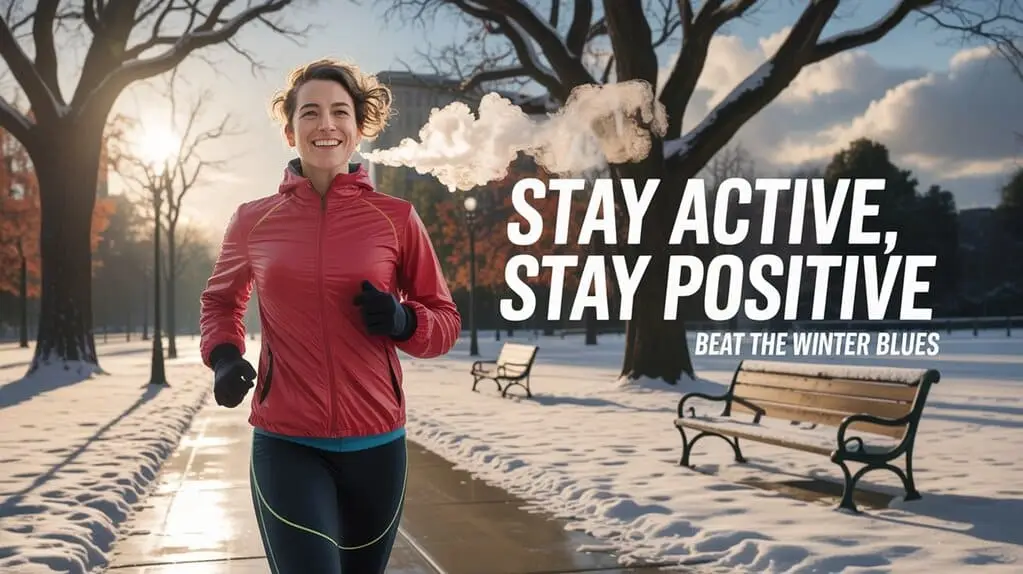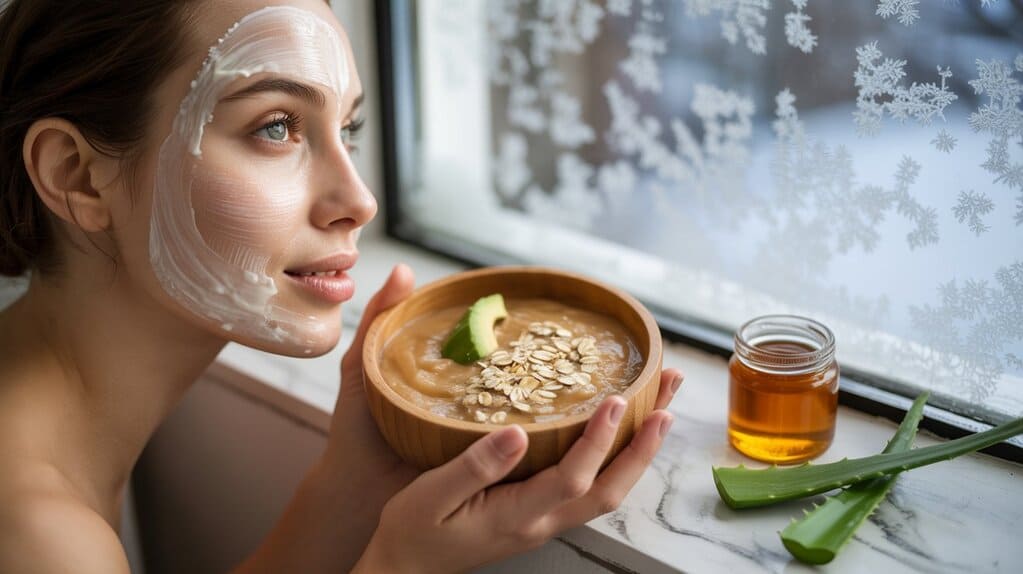
Introduction
Autumn is a transitional season that brings cooler temperatures, shorter daylight hours, and shifting humidity. These changes affect energy levels, immune function, hydration needs, and exercise performance. A smart autumn fitness and nutrition plan helps you maintain strength, recover faster, reduce illness risk, and feel energised as the weather shifts. This guide gives evidence-based, SEO-friendly advice on how to adapt your workouts, clothing, and meals for fall, with a practical weekly plan, a nutrition table, and trusted scientific references.
Why adapt to autumn? (Key science and practical effects)
- Temperature and performance: Cooler muscle temperatures and abrupt cold exposure can reduce muscle power and increase metabolic stress during exercise; warming-up and appropriate clothing are essential. ACSM+1
- Seasonal vitamin D decline: Reduced sunlight in autumn often causes a drop in serum 25(OH)D (vitamin D) levels, which influences mood, immune regulation, bone health and recovery. Many studies document seasonal variation in vitamin D concentrations. MDPI
- Immune-nutrition connection: Micronutrients—vitamin C, vitamin D, zinc, selenium, and protein—play measurable roles in immune function and recovery. A diet rich in seasonal vegetables and sources of protein supports resilience in fall. PMC+1
Main points
- Warm-up thoroughly to raise muscle temperature and reduce injury risk.
- Use moisture-wicking layers and adjust clothing as intensity changes. Avoid cotton for cold-weather workouts. The Texas Heart Institute®
- Prioritise vitamin D and immune-supporting nutrients through food and, if necessary, supplements after medical advice. MDPI+1
- Hydrate even in cooler weather—cold air increases respiratory water loss and can mask thirst.
- Shift training focus to strength and mobility if outdoor cardio drops; resistance training preserves lean mass during seasonal dietary shifts.
- Plan flexible workouts (indoor alternatives) and layerable clothing to maintain consistency.

Autumn Fitness Plan — Principles & Weekly Example
Principles
- Progressive warm-ups (10–20 minutes): dynamic mobility, joint activation, light cardio to raise muscle temperature. This reduces lactate accumulation and power loss seen with cold muscles. ACSM
- Periodise intensity: alternate higher-intensity sessions (HIIT or tempo runs) with recovery days to protect immune function.
- Strength 2–3×/week: preserve muscle mass, improve thermogenesis, and support metabolism.
- Active recovery: brisk walks, light cycling, mobility work to keep circulation and mood high.
- Indoor contingency plan: brisk treadmill, stair workout or resistance-band session when weather prevents outdoor training.
Weekly sample (beginner-intermediate)
| Day | Workout (time) | Focus |
|---|---|---|
| Monday | Strength full-body (40–50 min) | Compound lifts, 3×8–12 |
| Tuesday | Interval run or bike (30 min incl. warm-up) | 6×1–2 min effort, full warm-up |
| Wednesday | Mobility + brisk walk (30 min) | Foam rolling, dynamic stretches |
| Thursday | Strength (lower-body emphasis) (40 min) | Squats, deadlifts, glute work |
| Friday | Tempo run or indoor cardio (30–40 min) | Moderate steady-state |
| Saturday | Long outdoor activity (60–90 min) | Hike, long bike ride—layer clothing |
| Sunday | Rest or yoga (30–45 min) | Active recovery |
Warm-up example (10–15 min)
- 3–5 min light cardio (marching, easy jog)
- Dynamic leg swings, hip circles, thoracic rotations
- Movement-specific sets with lighter load
Clothing & footwear
- Layer 1 (base): moisture-wicking fabric (not cotton).
- Layer 2 (insulation): breathable fleece or lightweight synthetic.
- Layer 3 (shell): windproof, water-resistant outer layer for wind and rain.
- Cover extremities—hat, gloves, and good traction footwear in wet/leafy conditions. ACSM+1

Autumn Nutrition Plan — Goals & Daily Targets
Nutrition goals for autumn
- Support immune function: prioritize vitamin C, D, zinc, selenium, and protein.
- Maintain energy: slightly increase complex carbs around workouts as days shorten.
- Protect lean mass: aim for 1.2–1.8 g/kg protein depending on activity level.
- Promote recovery: include anti-inflammatory foods (omega-3s, colorful vegetables, polyphenol-rich fruits).
- Seasonal foods: pumpkin, butternut squash, apples, Brussels sprouts, mushrooms and fatty fish. These supply vitamins A, C, D precursors, zinc, and antioxidants. PMC+1
Sample daily macro targets (active adult, ~2,200 kcal)
| Macro | Target |
|---|---|
| Protein | 110–150 g (≈1.2–1.6 g/kg) |
| Carbohydrates | 220–300 g (timed around workouts) |
| Fat | 60–80 g (include 1–2 servings fatty fish/week) |
| Fiber | 25–35 g (seasonal vegetables, oats, legumes) |
Sample meal day (autumn-focused)
- Breakfast: Oat porridge with chopped apples, pumpkin seeds, Greek yogurt (protein + zinc + fiber).
- Snack: Orange or kiwi + handful of walnuts (vitamin C + omega-3 precursor).
- Lunch: Roasted butternut squash & lentil salad with spinach, pumpkin seeds, olive oil, grilled salmon (vitamins A/C, zinc, omega-3, vitamin D source).
- Snack (pre-workout): Banana + small protein shake.
- Dinner: Stir-fried mushrooms, mixed greens, quinoa, lean chicken or tofu (protein, vitamin D from mushrooms if UV-exposed, B vitamins).
- Before bed: Cottage cheese or casein-style snack (slow protein for overnight recovery).
Supplement guidance
- Consider vitamin D supplementation if sun exposure is limited; check serum 25(OH)D with your physician. Evidence shows seasonal drops in vitamin D in low-sun months. MDPI
- Zinc and vitamin C can be supportive when dietary intake is inadequate; avoid megadoses without medical advice. PMC

Hydration and Recovery in Cooler Weather
- Hydration remains important: respiratory water loss increases in cool, dry air. Drink fluids before and after workouts; monitor urine color.
- Recovery sleep: maintain 7–9 hours nightly; shorter daylight can disrupt circadian rhythms—use daylight exposure in the morning.
- Monitor illness signals: increased sleep, unusual soreness, loss of appetite or mood changes may indicate overtraining or early infection—scale back appropriately.
Illustrations and Visual Aids (described)
- Infographic — Layering for Exercise: three horizontally stacked panels showing base, insulation, shell; icons for moisture-wicking, breathable fleece, windproof shell.
- Table — Weekly Workout & Nutrition Snapshot: the sample weekly plan and the sample daily meal plan presented side-by-side for easy printing.
- Chart — Seasonal Vitamin D Curve: schematic showing average 25(OH)D levels across four seasons with autumn decline annotated (based on cohort studies). MDPI
- Plate Visual — Autumn Immune Plate: half plate vegetables (kale, Brussels sprouts), quarter lean protein (salmon/chicken/legumes), quarter complex carbs (quinoa/sweet potato), garnish pumpkin seeds.
(If you’d like, I can convert these into printable PNGs or a one-page PDF.)
Practical Safety Notes
- People with cardiovascular disease, asthma, or other chronic conditions should consult their physician before strenuous cold-weather exercise; cold exposure alters cardiovascular responses. PMC
- Avoid over-layering; sweating into cotton can lead to chilling after activity. Use moisture-wicking layers and remove layers as intensity rises. The Texas Heart Institute®
Conclusion
Autumn is a perfect time to reset your fitness and nutrition routine with a mind toward warmth, immune resilience, and sustainable habit-building. Prioritise thorough warm-ups, strength training, seasonal nutrient-dense foods, and flexible clothing strategies. Monitor vitamin D status, keep protein intake adequate, and make contingency indoor plans for bad weather. With the right blend of training periodisation and autumnal nutrition, you can finish the year stronger, healthier, and better prepared for winter .
References (selected, reputable sources)
- American College of Sports Medicine — Exercising in Hot and Cold Environments (ACSM PDF). ACSM
- Perkin OJ et al., Exercise without Weight Loss Prevents Seasonal Decline … (PMC article discussing exercise effects on vitamin D metabolite). PMC
- Calder PC. Foods to deliver immune-supporting nutrients. (PMC review on micronutrients and immunity). PMC
- Jastrzębska J. Changes of 25(OH)D concentration, bone resorption … (MDPI seasonal vitamin D study). MDPI
- Gatterer H. Practicing Sport in Cold Environments (PMC review: warm-up, clothing, protective measures). PMC
- Texas Heart Institute — Cold-Weather Exercise guidance. The Texas Heart Institute®
- Hussain A. A review on biochemical constituents of pumpkin and their … (PMC; pumpkin nutrients and immunomodulatory compounds). PMC
- EatingWell — 5 Fall Superfoods to Support Your Immune System. EatingWell







